Fraternities have played a defining role in college life in North America, with some of the oldest organizations dating back to the 18th and early 19th centuries. They began as societies for intellectual and moral development, often centered around academic and literary pursuits, but many eventually grew to include social and leadership-building activities. Today, these historic fraternities continue to foster traditions, brotherhood, and academic excellence, boasting extensive alumni networks and chapters across North America. This list explores the oldest fraternities, delving into their founding histories, guiding principles, and contributions to the development of fraternity culture on college campuses.
Chi Psi
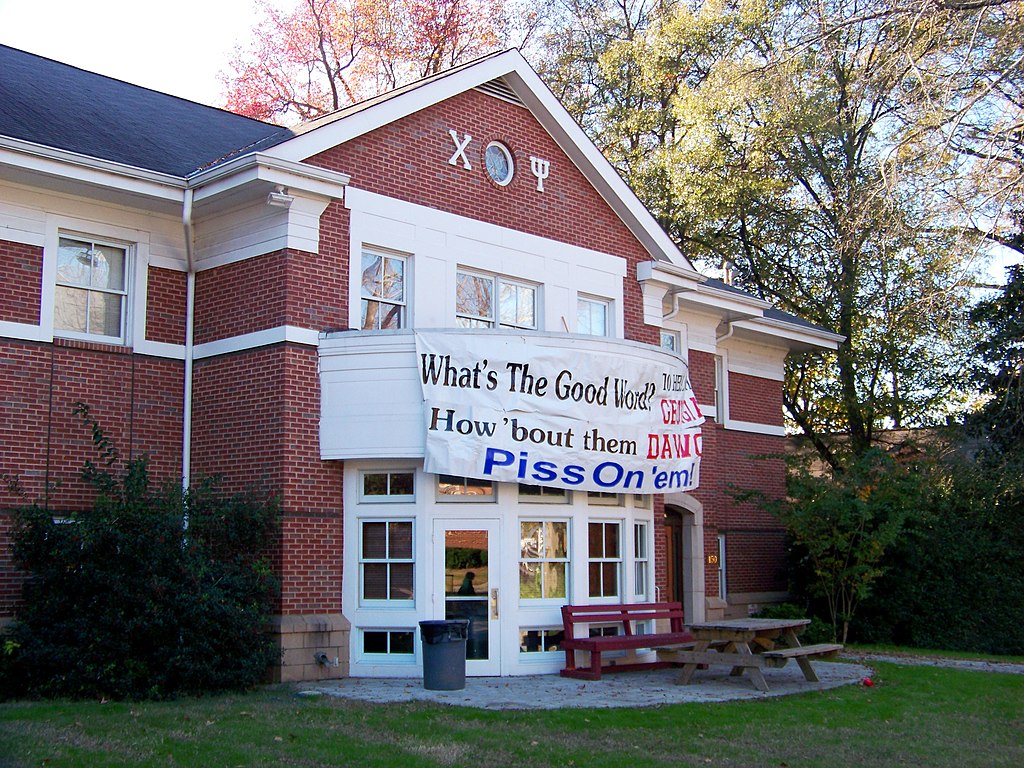
Chi Psi was founded in 1841 at Union College in New York, blending the traditional values of brotherhood with a commitment to individual character and personal honor. Known as one of the earliest fraternities to emphasize a “lodge” living experience, it introduced a residential component that many fraternities adopted later. Its principles focus on mutual respect, intellectual development, and integrity, ideals that have attracted members for generations. It remains active today with around 30 chapters across the United States, continuing to promote academic achievement and ethical leadership. The organization is selective and maintains a strong alumni network that supports its values and activities on college campuses. Its emphasis on the “Gentleman’s Fraternity” ethos underscores its dedication to cultivating well-rounded individuals. Its pioneering lodge-style housing model is a key aspect of its tradition, promoting a close-knit living environment among members.
Beta Theta Pi
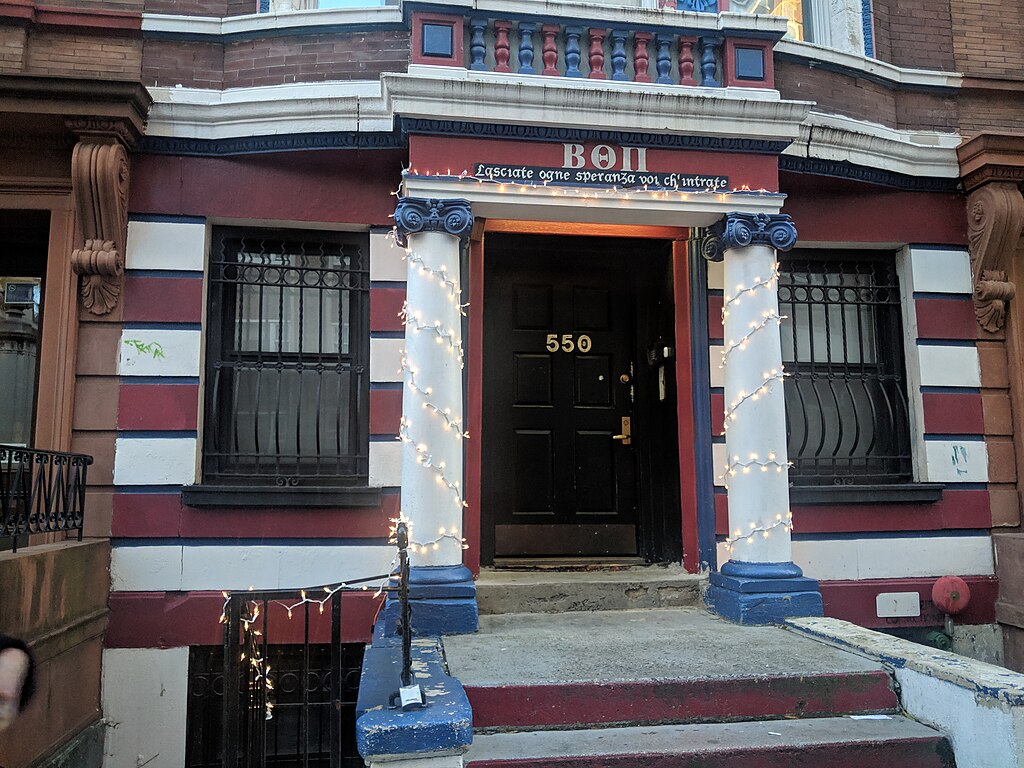
Founded in 1839 at Miami University in Ohio, Beta Theta Pi was the first fraternity established west of the Allegheny Mountains. It was created to foster high moral values, academic excellence, and mutual support among its members, ideals that continue to guide its members today. It is one of the largest fraternities in North America, with over 136 chapters across the continent. It has pioneered initiatives like the “Men of Principle,” a program launched in the late 20th century to instill leadership qualities and promote academic integrity. Members of Beta Theta Pi have included notable public figures such as Supreme Court Justices and business leaders, emphasizing the fraternity’s commitment to success and influence. With a strong emphasis on brotherhood, it also supports extensive alumni networks, providing lifelong support to members. Its commitment to academic achievement is further evidenced by its current GPA average of 3.25, the highest among all Greek-letter organizations.
Eclectic Society (Phi Nu Theta)

The Eclectic Society, also known as Phi Nu Theta, was established in 1837 at Wesleyan University in Connecticut. Originally a literary and intellectual society, it played a significant role in academic life, creating a supportive community for free thought and intellectual debate. Its early prominence was based on its members’ academic achievements, as well as a reputation for producing leaders in various fields. Over time, it has evolved to include both men and women, with a broader mission embracing inclusivity and student-led governance. Although it is no longer a traditional Greek fraternity, its principles of free discourse and community service endure. Its distinctive presence at Wesleyan University includes hosting annual reunions and maintaining connections with alumni, continuing its influence in campus culture.
Delta Upsilon
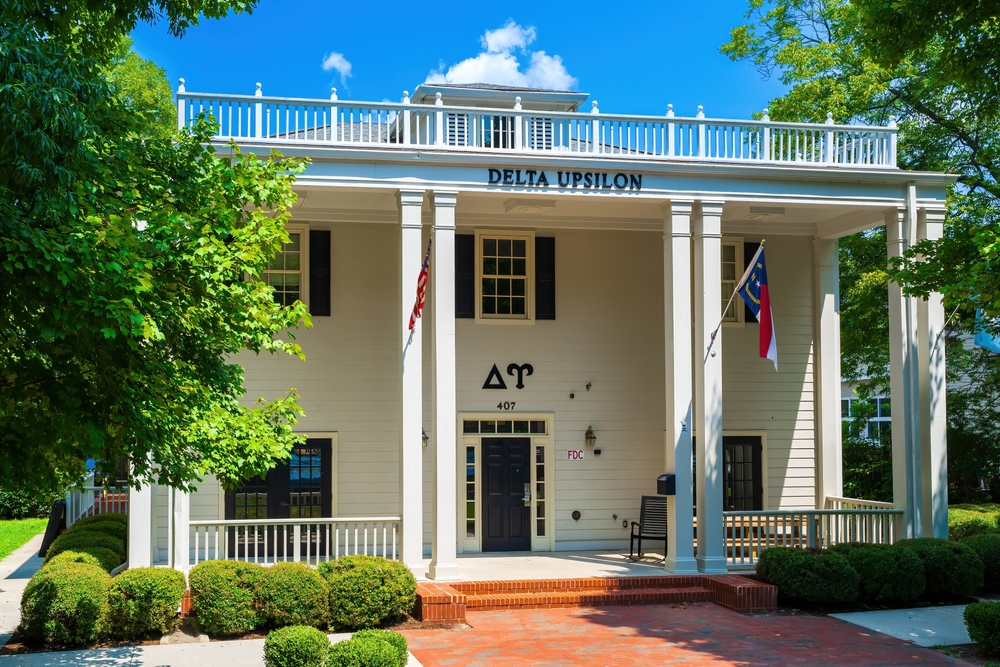
Delta Upsilon was established in 1834 at Williams College in Massachusetts and is recognized as North America’s first non-secret fraternity. Founded to combat the exclusivity and secrecy of existing societies, it aimed to foster inclusivity, transparency, and democratic values. Its motto, “Justice, Our Foundation,” reflects its commitment to ethical principles and community involvement. It has grown substantially over the years, with more than 70 active chapters and tens of thousands of alumni worldwide. It encourages leadership, scholarship, and personal development, positioning itself as a progressive organization among Greek-letter fraternities. Its open constitution and non-secretive rituals have distinguished it within the fraternity system, emphasizing an approach rooted in equality and openness. Its legacy continues as it promotes responsible and community-focused leadership across various college campuses.
Psi Upsilon
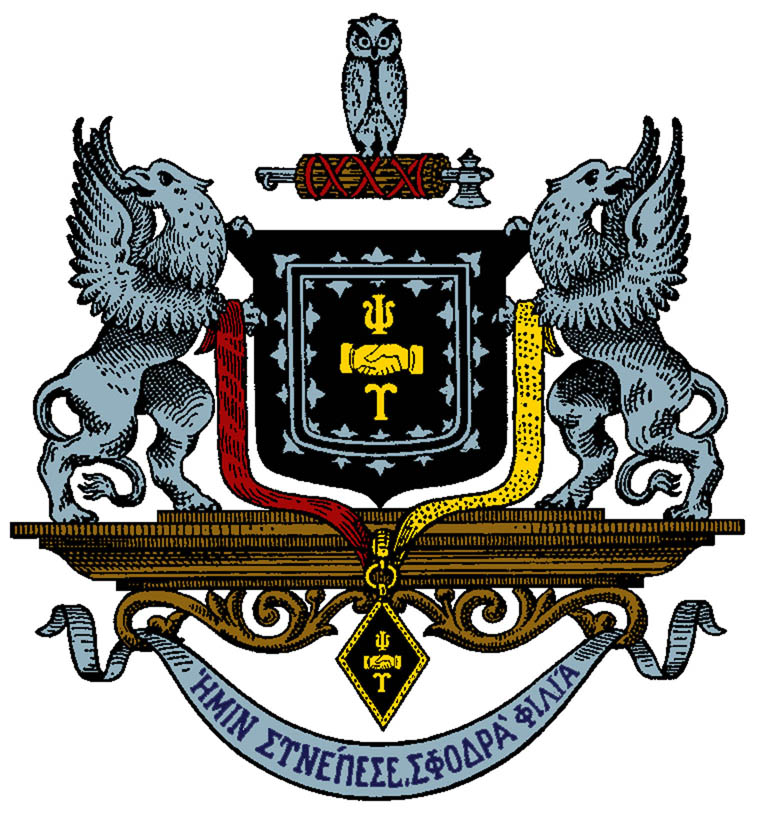
Psi Upsilon, founded in 1833 at Union College, introduced early fraternity practices that shaped Greek life, including conventions and fraternity songs. Known for its focus on friendship, scholarship, and leadership, it quickly expanded, establishing chapters at elite universities. Its strong alumni network includes notable public figures, such as U.S. Presidents, who help foster a lasting bond among members beyond their college years. Currently, it has over 27 active chapters, and it continues to uphold its core values of camaraderie and personal growth. Its legacy is a commitment to leadership and ethical development among young men in higher education. Its structure and activities were foundational for fraternity conventions, songbooks, and member development programs. Its enduring influence is clear in the organizational models of many other fraternities today.
Alpha Delta Phi
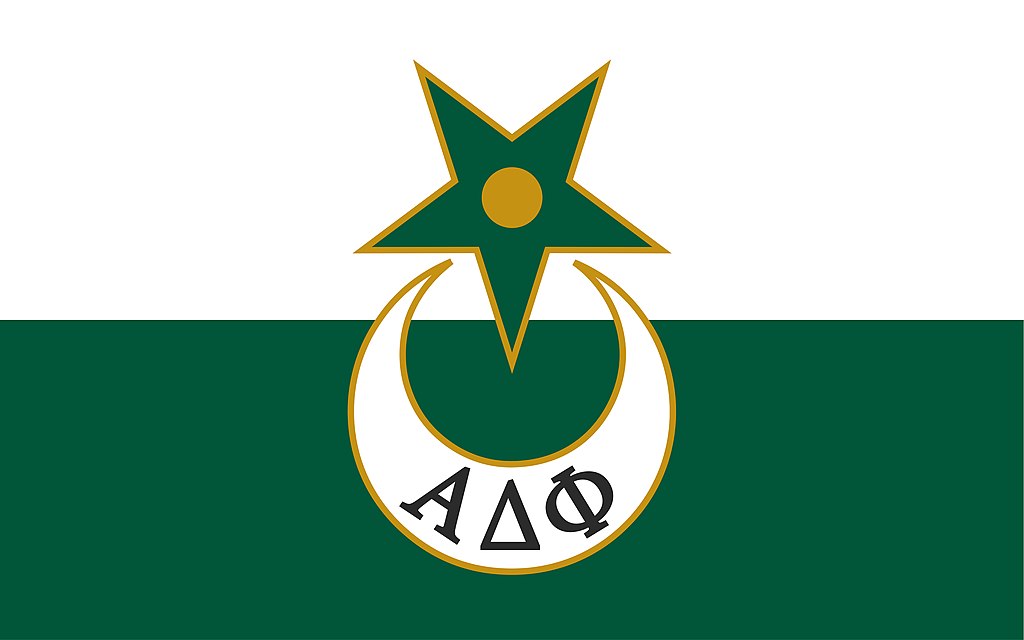
Alpha Delta Phi was founded in 1832 at Hamilton College in Clinton, New York, by Samuel Eells, initially as a literary society aimed at nurturing both intellectual and moral growth. It quickly grew and became the first to establish a chapter west of the Appalachian Mountains at Miami University in 1835. The Cornell University chapter’s house, built in 1878, was the first building constructed specifically for fraternity use, showcasing the importance of brotherhood within this group. Today, it has approximately 32 active chapters, many of which are still committed to literary and social values. It counts over 50,000 alumni, including prominent figures like Presidents Franklin D. Roosevelt and Theodore Roosevelt. Its significance is underscored by its mission to create lifelong bonds of friendship while promoting intellectual and personal growth. It is also unique in having a gender-inclusive branch, Alpha Delta Phi Society, which further diversifies its legacy.
Delta Phi

Delta Phi was founded at Union College in 1827 as part of the Union Triad, completing a group that laid the groundwork for modern American fraternities. Known as “St. Elmo,” it has upheld a commitment to social connections and close-knit brotherhood since its inception. It faced challenges early on, including a college administrative attempt to disband all fraternities; however, its members successfully defended the organization’s existence. Despite limiting expansion, it has spread to a few campuses, where it remains dedicated to tradition and honor. Its chapters attract members with a shared respect for service and fraternal ties that last beyond college years. Its resilience at Union College helped secure the place of fraternities in American higher education. It is celebrated for balancing tradition with relevance to modern college life.
Sigma Phi Society

Sigma Phi Society, founded in 1827 at Union College, became the first fraternity to establish chapters on multiple campuses, beginning at Hamilton College in 1831. As a member of the Union Triad, it is one of the oldest Greek societies, with a tradition of exclusivity and a small number of chapters. Known for its secretive nature, it maintains its conservative expansion philosophy, focusing on quality rather than quantity in its chapter development. Members value loyalty, honor, and friendship, cultivating relationships that extend beyond the college experience. Its chapters have become prestigious societies, valuing the ritual and tradition of Greek life. Its multi-campus model set the standard for other fraternities, pioneering the networked chapter structure. Its lasting influence on Greek life can be seen in countless other organizations that emulate its selective expansion.
Kappa Alpha Society
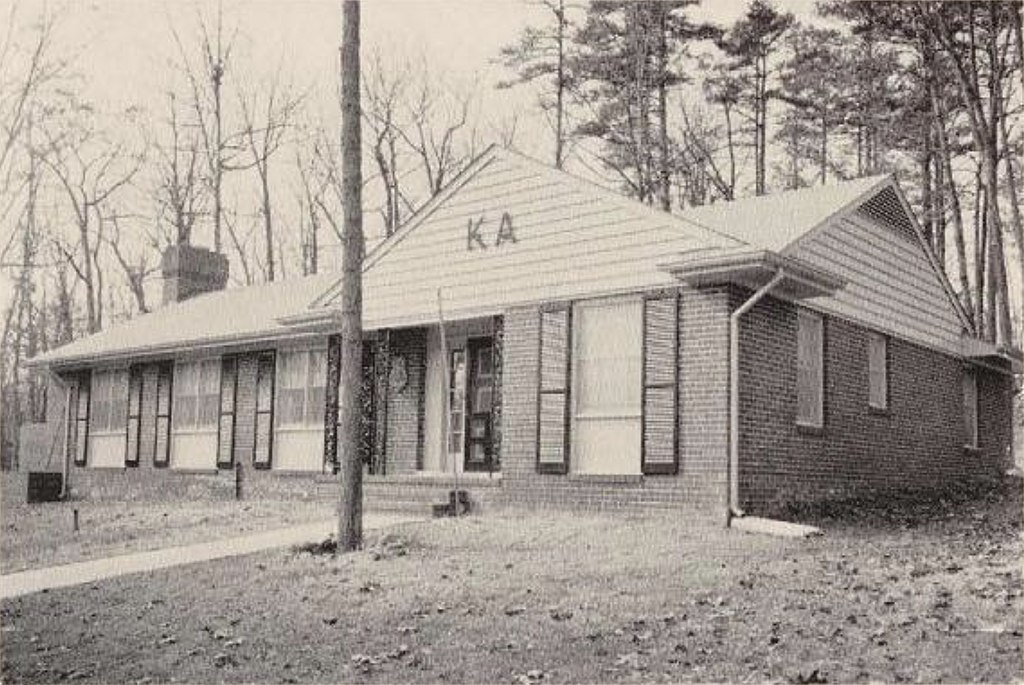
Founded in 1825 at Union College, Kappa Alpha Society is celebrated as the oldest continuously active social fraternity in North America. Formed to encourage intellectual discussions and fraternal bonds, it set the groundwork for the modern fraternity system. As a part of the Union Triad, which includes Delta Phi and Sigma Phi, Kappa Alpha Society played a key role in popularizing fraternity culture across campuses. Its success led to chapters at other prestigious institutions, including Harvard and Princeton, as it established a lasting tradition of alumni involvement. It is revered for its close-knit community and enduring dedication to academic and personal growth. Its focus on alumni networking and social fellowship inspired future Greek organizations to foster lifelong bonds. Its influence remains visible in today’s fraternity values and traditions.
Phi Beta Kappa
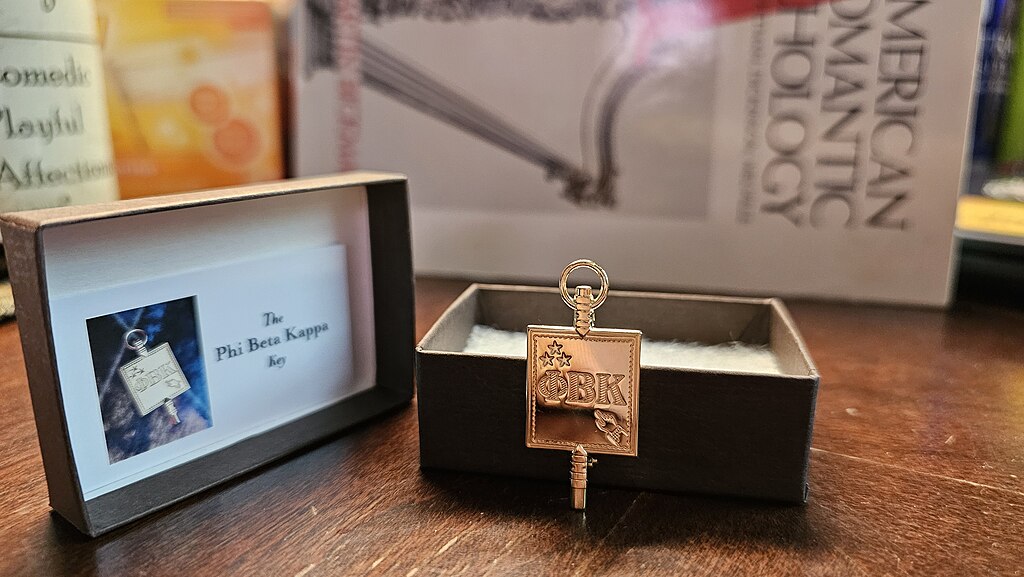
Founded on December 5, 1776, Phi Beta Kappa was established at the College of William and Mary, marking the beginning of Greek-letter fraternities in North America. Originally a secret literary society, it set a precedent for intellectual and moral development in American fraternity life. As the first Greek-letter organization, it expanded to other campuses like Harvard and Yale in 1779, paving the way for Greek life across the United States. With over 290 chapters today, it evolved from a secret society to an open honor society, recognizing academic excellence and scholarly achievement. Its impact on academic honor societies remains significant, with its exclusive membership based on academic distinction. Its motto, “Love of learning is the guide of life,” encapsulates its mission, and it is a leading influence in the development of collegiate honor societies. Its model of intellectual fraternity continues to inspire academic societies nationwide.
This article originally appeared on Rarest.org.
More from Rarest.org
The 16 Best Wildlife Safari Destinations in Africa

Africa is a treasure trove of wildlife and natural beauty. Its vast landscapes offer some of the best safari experiences in the world. These safari spots are not just about animals but also about the breathtaking scenery and the rich cultural heritage of the regions. Read More.
12 Hidden Historical Sites in Major Cities

Discovering the hidden historical sites in major cities offers a unique glimpse into the past. These locations are often overlooked by tourists but hold significant cultural and historical value. Read More.
17 Historic Libraries You Should Explore

Exploring historic libraries is a journey through time, offering a glimpse into the rich heritage of knowledge and culture. These libraries, with their vast collections and stunning architecture, have preserved countless treasures and stories from the past. Read More.
